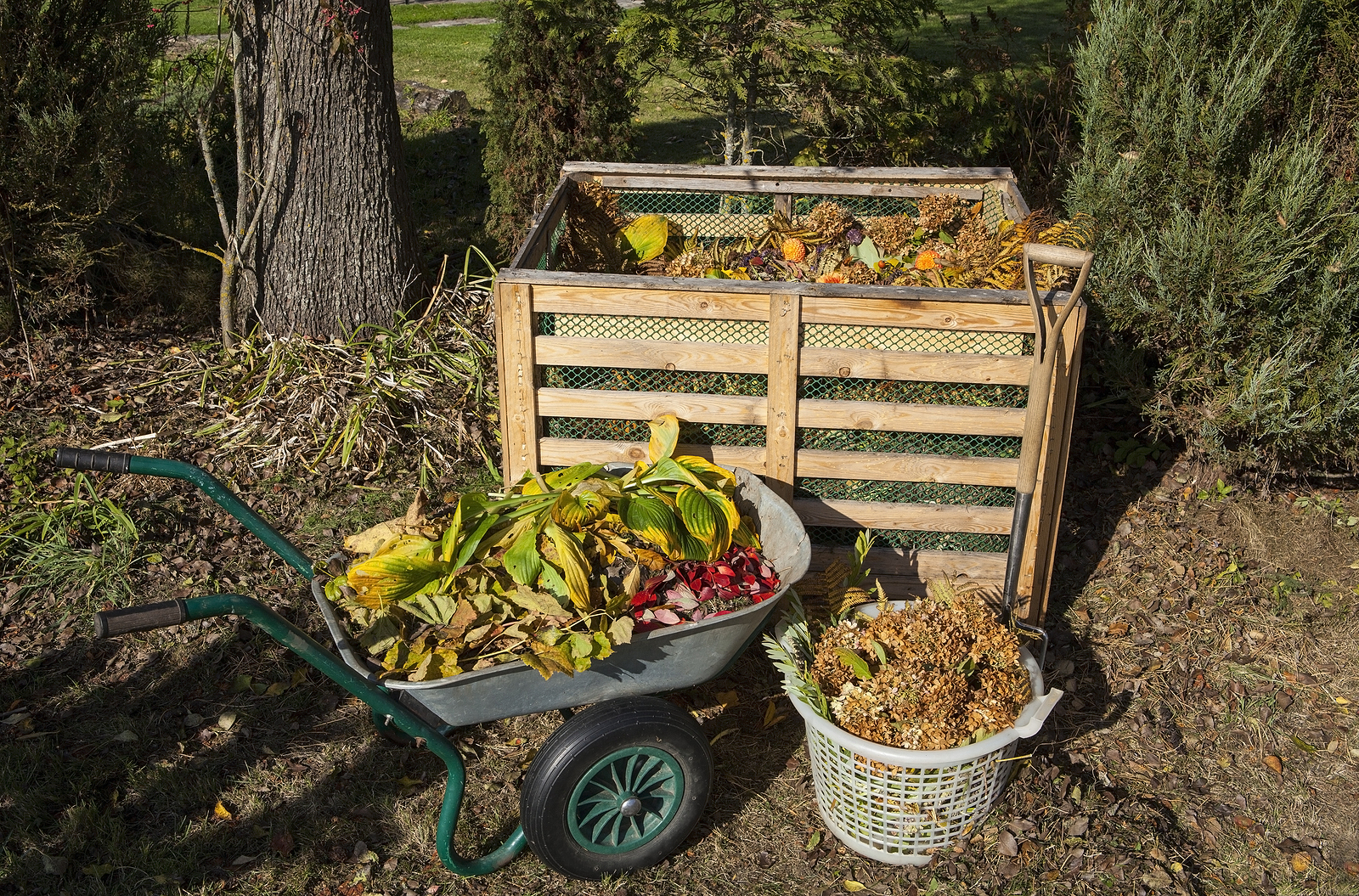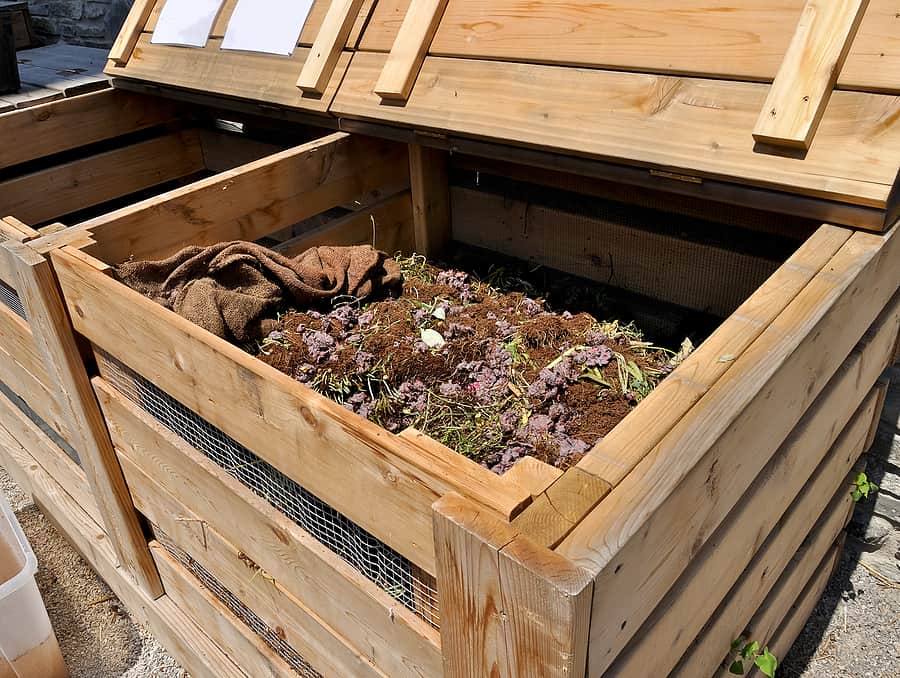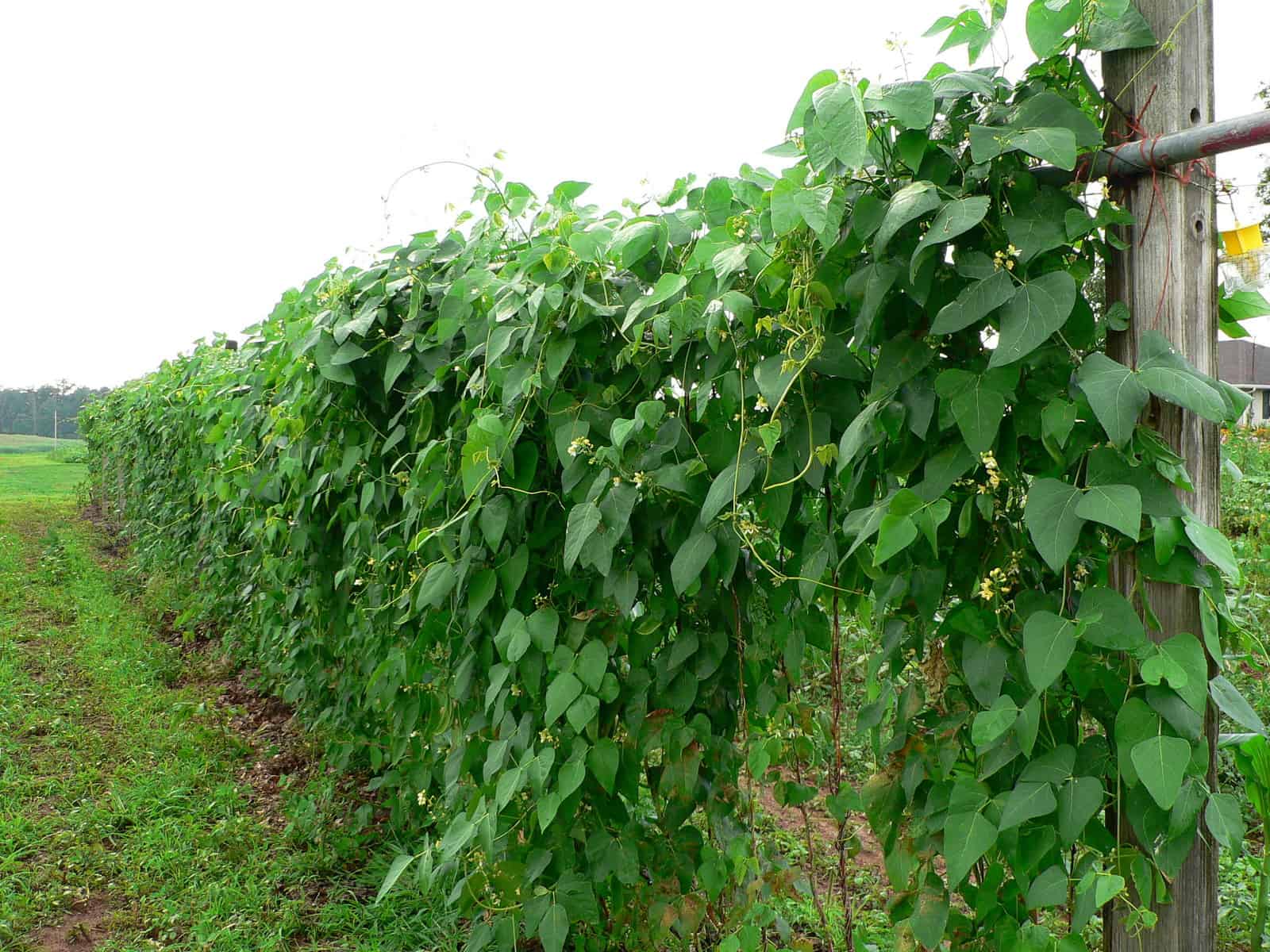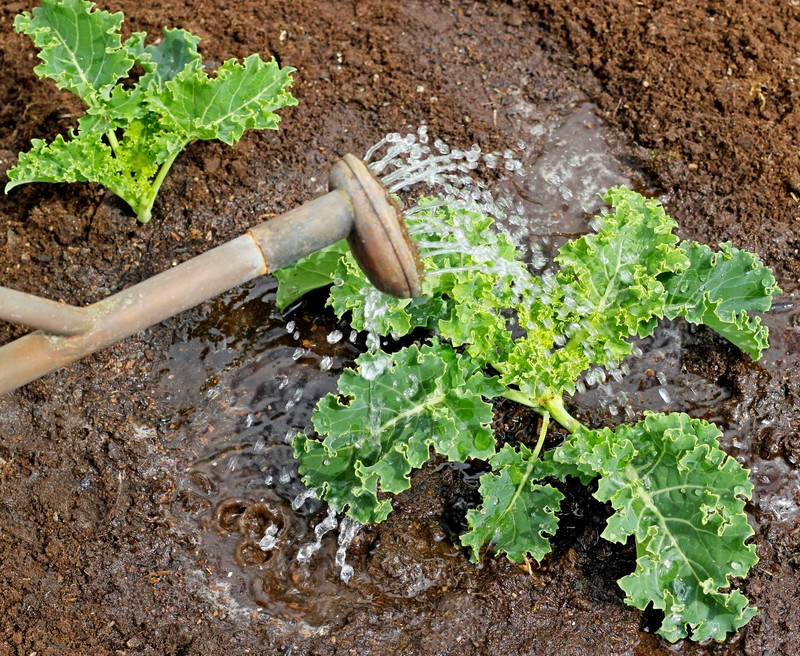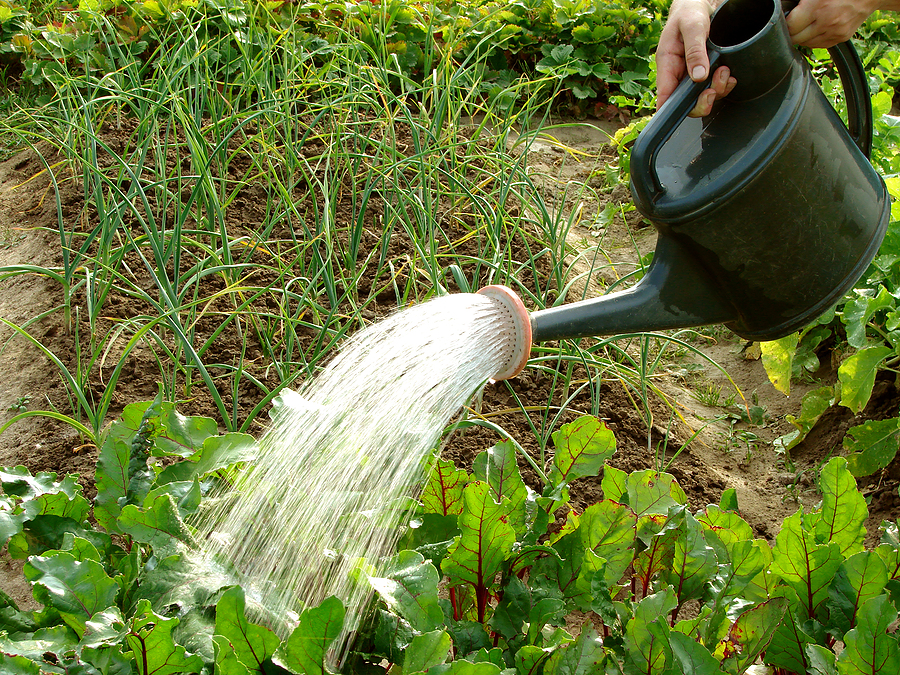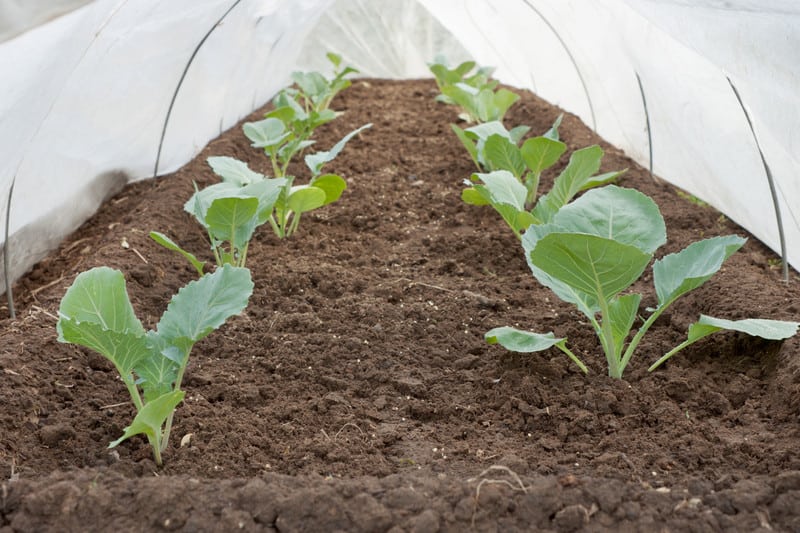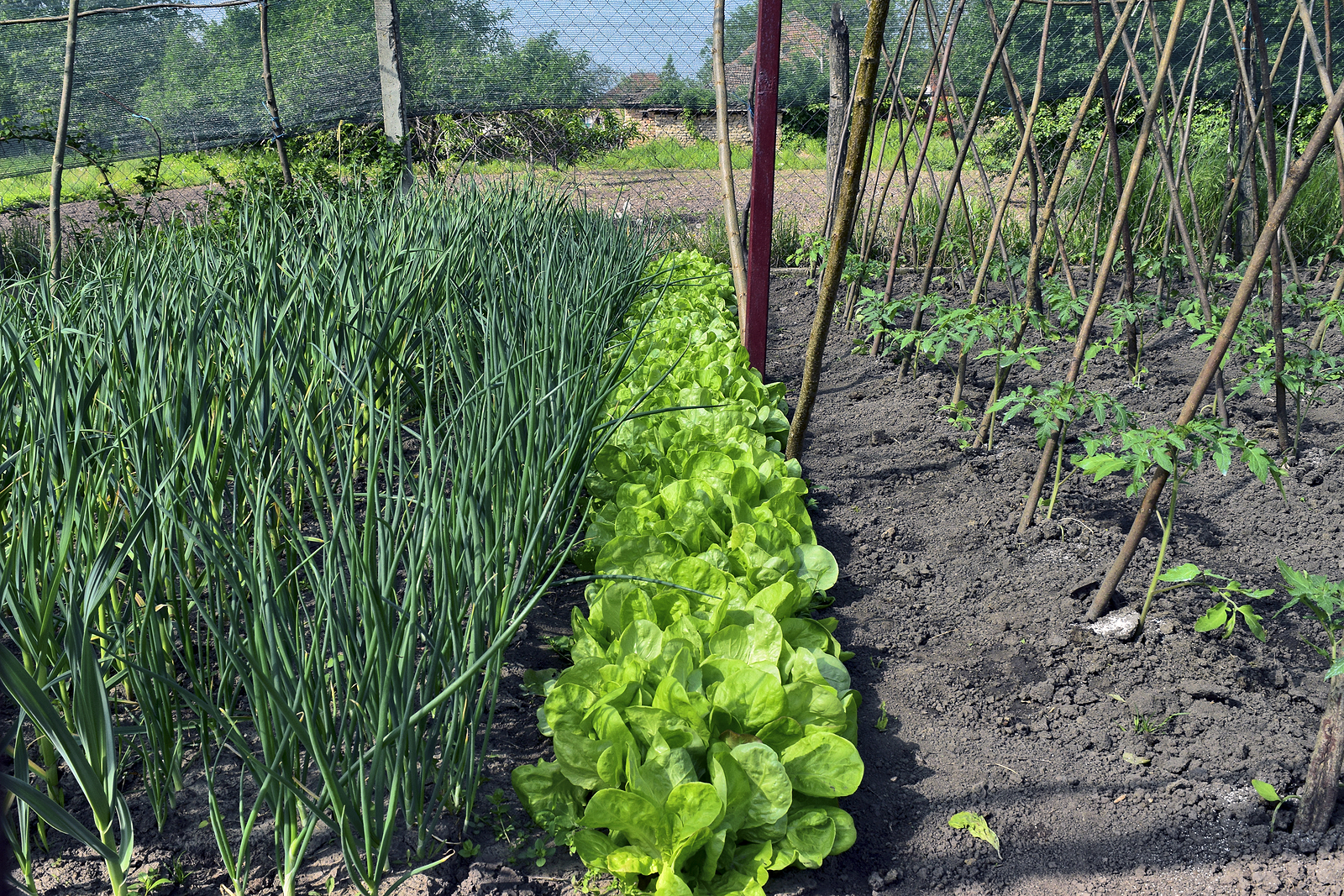How to Make Compost for Your Vegetable Garden
Compost is one of the best soil additives for a vegetable garden. It is also one of the least expensive. Composting turns garden and kitchen waste materials into a rich, organic amendment. The combination of dead vegetation with air and moisture will result in compost. Composting is a natural decomposition. Composting can take place in […] More

